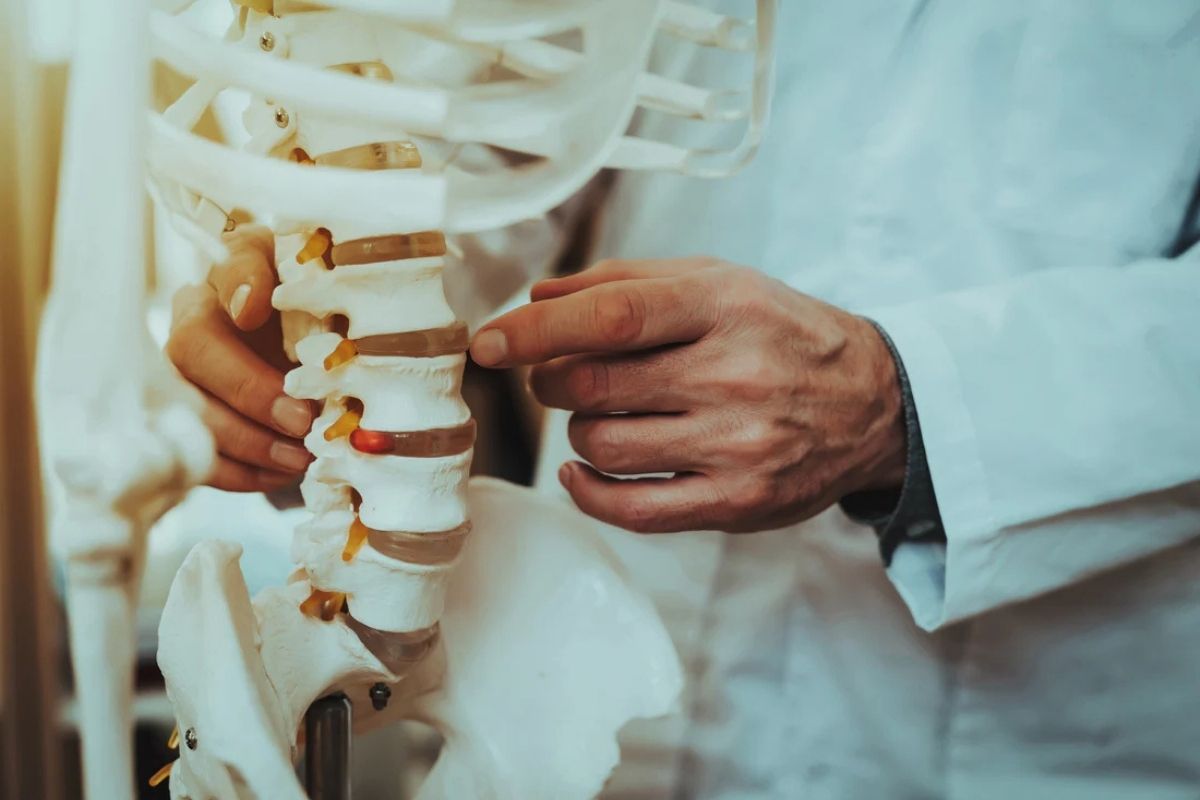
Degenerative Disc Disease (DDD) might sound scary, but it’s more common than you think. Did you know that this condition affects millions of people worldwide? But what exactly is it? DDD occurs when the discs in your spine start to break down, causing pain and discomfort. Why does this happen? Aging is a big factor, but injuries and genetics can play a role too. What are the symptoms? They can range from mild back pain to severe, chronic discomfort. Is there a cure? While there's no complete cure, treatments like physical therapy, medications, and sometimes surgery can help manage the symptoms. Want to learn more? Keep reading to uncover 15 essential facts about Degenerative Disc Disease that could change how you view your spine health!
Key Takeaways:
- Degenerative Disc Disease is not a disease, but a natural part of aging. Most people over 60 have some degree of disc degeneration, but not everyone experiences pain.
- Lifestyle changes, such as staying active and doing low-impact exercises, can help manage Degenerative Disc Disease and improve quality of life.
What is Degenerative Disc Disease?
Degenerative Disc Disease (DDD) is a condition affecting the spinal discs. These discs act as cushions between the vertebrae in your spine. Over time, they can wear down, causing pain and other issues.
-
Not Actually a Disease: Despite its name, DDD isn't a disease. It's a condition resulting from the natural aging process.
-
Common in Older Adults: Most people over 60 have some degree of disc degeneration, though not everyone experiences pain.
-
Pain Varies: The pain from DDD can range from mild to severe. Some people might feel a constant ache, while others experience sharp, debilitating pain.
Causes of Degenerative Disc Disease
Understanding what leads to DDD can help in managing and preventing it. Here are some common causes.
-
Aging: The most common cause is aging. As you get older, the discs lose water and flexibility, making them less effective as cushions.
-
Injury: A sudden injury, like a fall, can damage a disc and lead to degeneration over time.
-
Genetics: Some people are genetically predisposed to disc degeneration. If your parents had it, you might too.
Symptoms of Degenerative Disc Disease
Recognizing the symptoms early can lead to better management of the condition. Here are some signs to watch for.
-
Back Pain: The most common symptom is chronic back pain, especially in the lower back or neck.
-
Numbness and Tingling: If the degenerated disc affects nearby nerves, you might feel numbness or tingling in your arms or legs.
-
Weakness: Muscle weakness can occur if the nerves are severely affected.
Diagnosing Degenerative Disc Disease
Proper diagnosis is crucial for effective treatment. Here are some methods doctors use to diagnose DDD.
-
Physical Exam: A doctor will check your spine's range of motion and look for areas of tenderness.
-
Imaging Tests: X-rays, MRIs, or CT scans can show the extent of disc degeneration and help rule out other conditions.
Treatment Options for Degenerative Disc Disease
While there's no cure for DDD, several treatments can help manage the symptoms. Here are some common options.
-
Physical Therapy: Exercises can strengthen the muscles around the spine, providing better support and reducing pain.
-
Medications: Over-the-counter pain relievers or prescription medications can help manage pain and inflammation.
-
Surgery: In severe cases, surgery might be necessary to remove or repair the damaged disc.
Lifestyle Changes to Manage Degenerative Disc Disease
Making certain lifestyle changes can help manage DDD and improve your quality of life. Here are some tips.
- Stay Active: Regular exercise can help keep your spine healthy and reduce pain. Focus on low-impact activities like swimming or walking.
Final Thoughts on Degenerative Disc Disease
Understanding degenerative disc disease can make a big difference in managing symptoms and improving quality of life. Knowing the causes, symptoms, and treatment options helps in making informed decisions. Remember, not everyone with this condition will experience severe pain or disability. Many people find relief through physical therapy, medications, and lifestyle changes. Surgery is usually a last resort. Staying active, maintaining a healthy weight, and avoiding smoking can also help slow the progression. If you suspect you have this condition, consult a healthcare professional for a proper diagnosis and personalized treatment plan. Knowledge is power, and being proactive about your health can lead to better outcomes. Keep these facts in mind, and you'll be better equipped to handle whatever comes your way.
Frequently Asked Questions
Was this page helpful?
Our commitment to delivering trustworthy and engaging content is at the heart of what we do. Each fact on our site is contributed by real users like you, bringing a wealth of diverse insights and information. To ensure the highest standards of accuracy and reliability, our dedicated editors meticulously review each submission. This process guarantees that the facts we share are not only fascinating but also credible. Trust in our commitment to quality and authenticity as you explore and learn with us.
